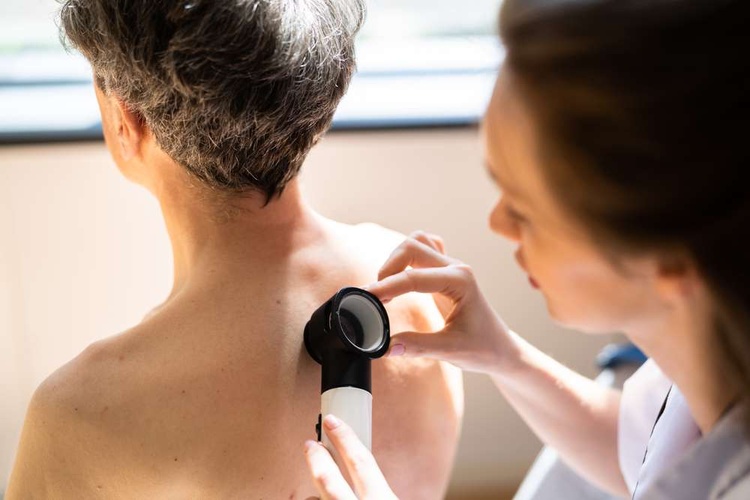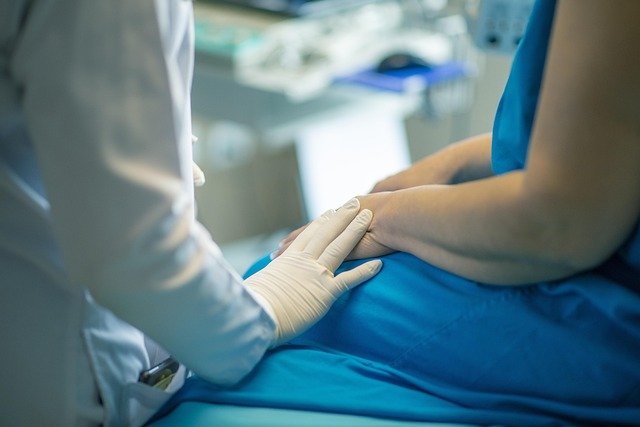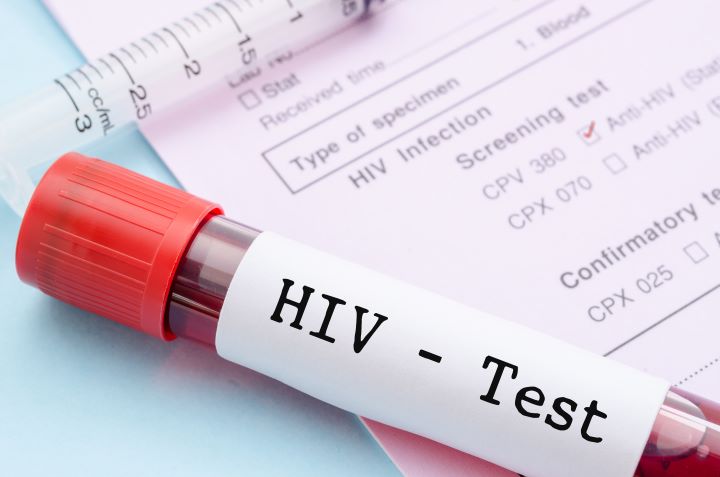Recognizing Early Signs of Vulvar Cancer for Timely Diagnosis and Better Outcomes
Being aware of the early signs of vulvar cancer is crucial for timely diagnosis and treatment. Symptoms can be subtle, like persistent itching, burning sensations, or changes in skin texture and color. Such signs are often mistaken for less serious conditions, which can delay detection. The development of sores, lumps, or unusual bleeding also warrants professional attention.

Early Detection of Vulvar Cancer Warning Signs
The early stages of vulvar cancer often present subtle symptoms that women might dismiss as minor irritations or infections. Persistent itching in the vulvar area, particularly when accompanied by burning sensations, should not be ignored if it lasts longer than a few weeks. Changes in skin color or texture around the vulva, including white, red, or darkened patches, warrant medical evaluation. Unusual lumps, bumps, or thickened areas of skin can indicate precancerous or cancerous changes.
Bleeding that occurs outside of normal menstrual cycles, especially after menopause, requires immediate medical attention. Pain during urination or sexual intercourse may also signal underlying vulvar abnormalities. Women should be particularly vigilant about any open sores or ulcers in the vulvar region that fail to heal within a reasonable timeframe.
Pictures of Early Stage Vulvar Cancer Characteristics
Visual identification of early-stage vulvar cancer can be challenging since symptoms often resemble benign conditions. Healthcare professionals typically look for specific visual markers during clinical examinations. Early lesions may appear as small, raised areas with irregular borders or as flat, discolored patches that differ from surrounding healthy tissue.
Precancerous conditions like vulvar intraepithelial neoplasia (VIN) often present as white, gray, red, or brown patches with rough or smooth surfaces. These areas may have a warty appearance or seem slightly raised compared to normal skin. Photography and documentation during medical examinations help track changes over time, though definitive diagnosis always requires biopsy confirmation.
Healthcare providers use specialized equipment and magnification to identify subtle changes that might not be visible to the naked eye. Regular gynecological examinations increase the likelihood of detecting these early visual changes before they progress to invasive cancer.
How Vulvar Cancer is Caused and Risk Factors
Human papillomavirus (HPV) infection represents the most significant risk factor for vulvar cancer development, particularly in younger women. Certain high-risk HPV types, including HPV 16 and 18, can cause cellular changes that may eventually lead to cancer. However, not all vulvar cancers are HPV-related, especially those occurring in older women.
Age plays a crucial role, with most vulvar cancers diagnosed in women over 50 years old. Smoking significantly increases risk by compromising immune system function and reducing the body’s ability to fight HPV infections. Women with compromised immune systems, whether due to HIV infection, organ transplantation, or immunosuppressive medications, face elevated risks.
Chronic vulvar inflammatory conditions, such as lichen sclerosus, can create an environment conducive to cancer development. Previous cervical, vaginal, or anal cancers also increase vulvar cancer risk due to shared risk factors and potential field effects of carcinogenic exposure.
Vulvar cancer screening and diagnosis involve multiple approaches depending on individual risk factors and symptoms. Regular pelvic examinations allow healthcare providers to visually inspect the vulvar area and identify suspicious changes. When abnormalities are detected, colposcopy provides magnified visualization of the affected tissue.
Biopsy procedures confirm or rule out cancer diagnosis by examining tissue samples under microscopic analysis. Healthcare providers may recommend vulvar self-examinations for high-risk women, teaching them to recognize changes in their own bodies. Early-stage detection through these screening methods significantly improves treatment success rates and reduces the need for extensive surgical interventions.
The prognosis for early-stage vulvar cancer is generally favorable, with five-year survival rates exceeding 90% when caught before spreading to lymph nodes. Treatment options for early-stage disease often involve less invasive surgical procedures that preserve sexual function and quality of life. Advanced-stage vulvar cancer requires more aggressive treatment approaches and carries a less favorable prognosis.
Regular communication with healthcare providers about vulvar health concerns enables timely intervention when problems arise. Women should never hesitate to discuss unusual symptoms or changes with their gynecologists, as early detection remains the most powerful tool in fighting vulvar cancer successfully.
This article is for informational purposes only and should not be considered medical advice. Please consult a qualified healthcare professional for personalized guidance and treatment.




